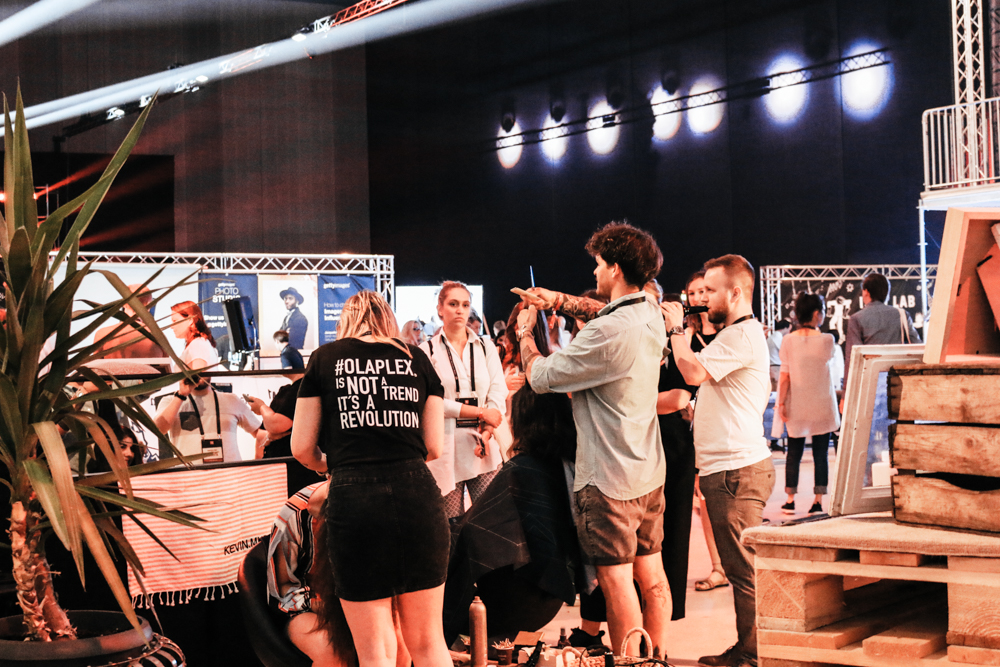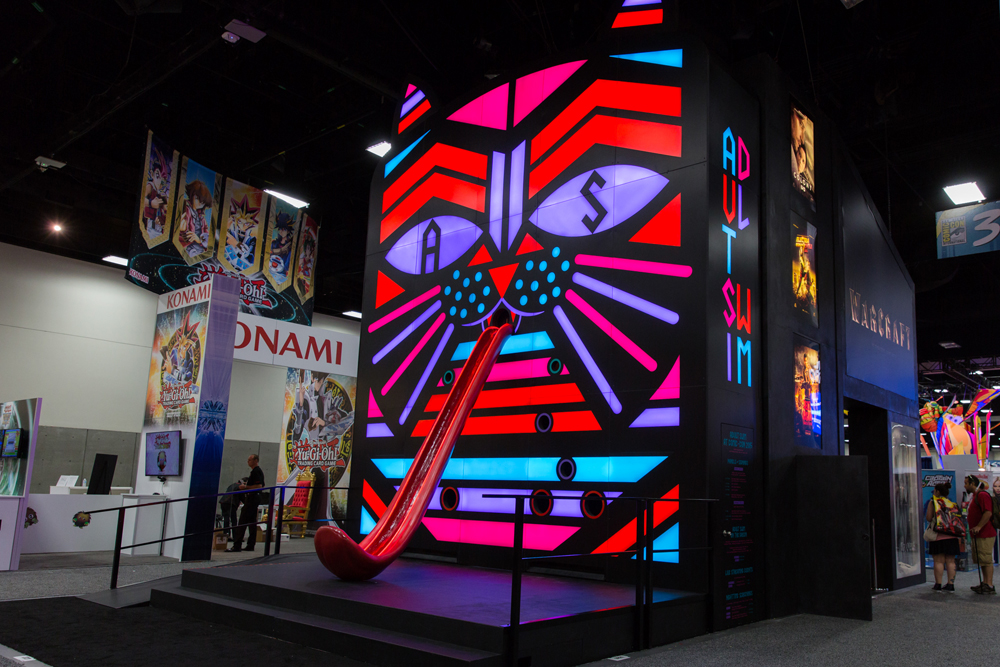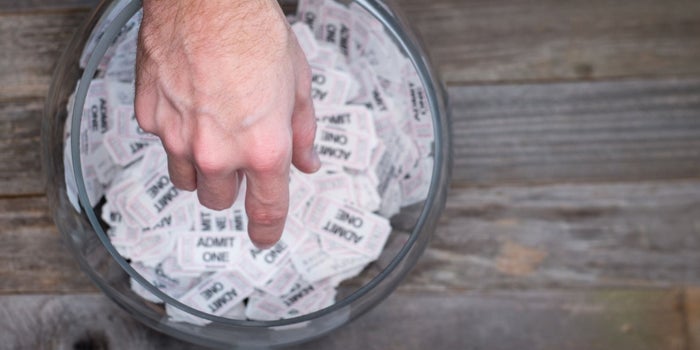
Trade shows are a great platform to market a company’s new products and services and network with like-minded industry professionals. Trade fairs, such as the ones put on by Magnet Productions, also allow companies to educate themselves on their competitors’ latest offerings and gain relevant market insights. According to one study, 64% of trade show attendees are not clients of an exhibitor’s company. This means that companies can interact with potential clients, gather essential insights, and convert leads into long-term customers.
While trade shows boost company visibility and offer critical industry insights, they can also cost a lot and require meticulous planning for it to become a lucrative marketing effort. The success of a trade show is usually gauged through data (return on investment, sales, number of new leads, etc).
However, the success of any booth is largely dependent on how well it’s managed. Suppose the team managing the booth is efficient and enthusiastic. In that case, there is a greater chance your trade show appearance will be a success. With that in mind, here are five tips that can help you manage your next trade show booth:
Tip# 1: Build an Interactive Team

Having an enthusiastic team can make all the difference to a trade booth. Hire a charismatic team that is articulate, candid, and confident in their ability to start a conversation with attendees. Your team should also have the necessary technical expertise (i.e., use scanners for scanning cards, troubleshoot any electrical exhibitions you have) and understand the promotion material and products well.
A good practice is to call your team an hour early and have them tour the booth and get comfortable with the exhibit. Lastly, your team should also be professional with your clients and reflect your brand image throughout the trade show. Be sure your on-site team is diverse and includes technical experts, marketers, and salespeople.
Tip #2: Design a Booth that Steals the Show

Trade shows are all about attracting attendees to your booth, and designing a special booth can help you achieve this goal:
- The exhibitor should design the booth with function in mind. How clients and attendees interact with the booth should be prioritized in your design.
- Designing should also be carried out efficiently, with productive methods and technology to minimize costs and maximize value.
- A booth should also be designed with foresight in mind, as the company may use the same booth for future trade shows.
Tip #3: Attract Via Giveaways

According to a survey, 52% of attendees are more likely to enter your booth if you offer a promotion or giveaway. This means you can attract more than half of all attendees to your booth by offering a free giveaway. Business gifts offer the best of both worlds; you can offer branded material while attracting potential clients and customers to your booth.
You don’t need to go overboard and spend all your marketing budget on giveaways. Sometimes, customized and creative gifts can provide excellent value to customers and prove more successful in attracting them to your exhibit. You can even incentivize using general items such as food and drinks, which usually attract attendees. Reusable water bottles, power banks, bottle openers, and travel kits are ideal giveaways to increase your exhibit’s foot traffic.
Tip #4: Don’t Forget Your Leads

Many exhibitors can quickly forget that generating leads during peak hours is one of the most important goals of having a booth. You should have sufficient technology to save information of every attendee that visits your exhibition so that you can upload it on your company’s database later. It would help if you emphasized the importance of leads to your team—especially non-salespeople—beforehand so that you can enhance your lead-generating capability during the trade show. Your team should also follow up on all potential leads after the trade show before the potential client has an opportunity to lose interest or forget the interaction altogether.
Tip #5: Improve Through Feedback

Have a closing meeting at the end of the trade show to ask for your team’s feedback. Constructive criticism can help you grow as an exhibitor and organize the next trade show perfectly. Your team can provide you valuable insights about clients and competitors and their likes and dislikes. Feedback can also help you improve your management skills and plan a better trade show in the future.




